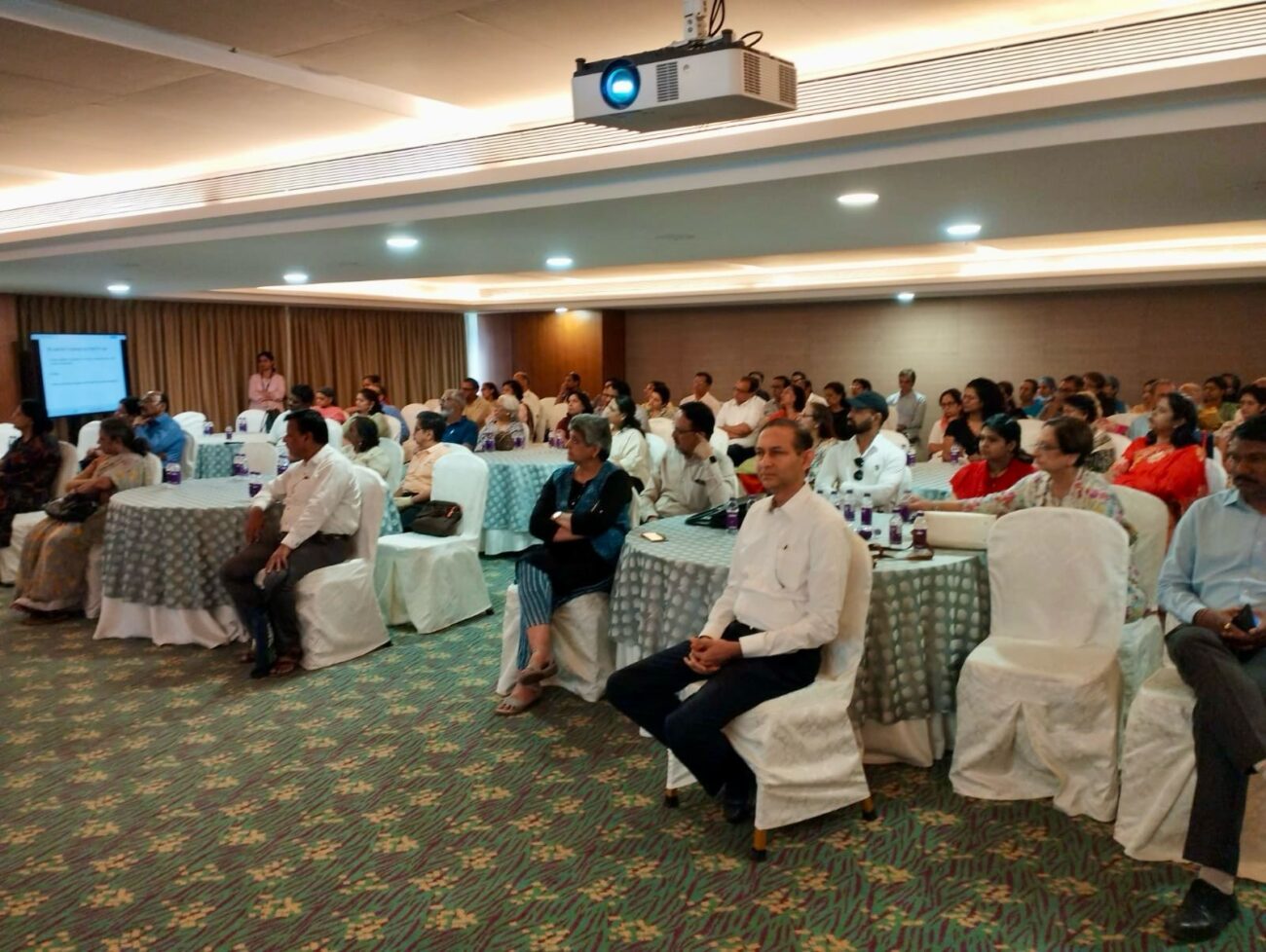Heart Diseases Are Not Gender Biased: “Creating Awareness” can correct perception & bring better life-style changes- Dr. T S Kler
Do we really have significant gender biased natural inclination for heart diseases?Here when we talk of the bias, ironically the perception has always been in favour of women, with men being considered as the sufferers
Do we really have significant gender biased natural inclination for heart diseases?
Here when we talk of the bias, ironically the perception has always been in favour of women, with men being considered as the sufferers of heart diseases. Well, the reality is that heart diseases do not affect just men it effects women equally. Cardiovascular diseases are the leading cause of death in women all over the world, and in India too.
A woman’s lifetime risk of dying from heart disease is eight times greater than that of breast cancer.
Here we should also note that socio-economic factors have been shown to have implication on heart disease in women. Females from lower socio-economic backgrounds are at higher risk of developing heart disease but are less concerned about its treatment whereas females from the upper socio-economic background are more concerned about preventive measures of cardiovascular disease.
Women tend to have heart attacks at a later age than men may be due to estrogen in early part of life.
However in last two decades there has been a worrisome increase in the number of young women (aged 35–54 years) hospitalized with acute heart attack while during the same period hospitalisation of young men has shown significant decline. These young women (< 55 years) with heart attack are at a higher risk for sudden cardiac death as compared to older women (≥ 55 years). One of the important reason for such a difference in outcome is nature of symptoms of heart disease.
Up to 35% of women do not experience chest pain with heart attack while in about 50%-60% of women, the initial presentation of heart disease is heart attack or sudden cardiac death, with no prior report of chest pain.
Also when they do have symptoms they are likely to have non classical symptoms. The classic pattern of angina with pain on the left side of the chest may be absent in women. They are more likely to have atypical chest pain, in which they could experience discomfort in the shoulders, back, and neck. Sudden onset shortness of breath is often the first and only presenting symptom. Because of these atypical symptoms women tend to show up in emergency rooms after heart damage has already occurred. Additionally in a country like India, women health takes a backseat in the family and consequently treatment is often delayed.
Interestingly difference in pattern of disease can also be seen in angiogram. Angiogram is supposed to be gold standard for diagnosis of heart disease. What has been observed is that nearly 60 percent of women who have chest pain or suspected reduced blood flow to the heart do not have blockages in the major vessels supplying blood to heart. They have what is medically called as microvascular disease.
Microvascular disease, refers to problems in the functioning of the smaller blood vessels of the heart that are 100–200 micrometers in diameter (a human hair is roughly 100 micrometers in diameter).
In patients with microvascular disease, blood does not flow properly through these tiny blood vessels and the heart muscle may not have enough oxygen-rich blood. It is important to understand that despite being small vessel disease this variant is no less problematic than the other variant and may be sometimes more difficult to manage.
Risk factors for heart disease are largely same for men and women. Factors such as advancing age and family history of heart disease, especially at young age play an important role.
At the same time it is estimated that the majority of deaths due to heart disease are due to modifiable risk factors such as unhealthy lifestyle, smoking, high cholesterol, high blood pressure, obesity, stress and diabetes. Over the last decade, lifestyle changes have affected women’s health in a big way. The lifestyle have become increasingly sedentary and along with it eating habits have also become increasingly unhealthy. As per recent National Family Health Survey 54 % of females do not consume fruits even once a week, and only 47% of women consume dark green, leafy vegetables daily.
Individual risk factors have different magnitude of effects on men and women like women smokers have a higher risk of heart attack as compared to men. Women who smoke 2-5 cigarettes a day double their risk of heart attack (while men who smoke 6-9 cigarettes a day double their risk).
Besides active smoking, passive smoking also increases risk of dying from heart disease by 15% in women. Here it is important to mention that in women who smoke and use birth control pills, risk of heart attack and stroke increases substantially.
Increasing blood pressure is a major risk factor in developing cardiovascular disease among females in India.
Women with high blood pressure have 3.5 times the risk of developing coronary heart disease compared to women with normal blood pressure.
Diabetes is more important a risk factor in women than in men. Diabetic women are four times more likely to be hospitalized and have a higher risk for most clinical events than males.
Cardiovascular disease is twice as common among females with diabetes in comparison to those females who don’t have diabetes.
Stress is an important risk factor for heart disease in women. Psychological factors like depression, perceived stress at home, low locus of control and major stressful life events increases risk of heart disease in females.
Suppressed anger and marital stress predict poorer outcomes in both healthy women and in those with heart disease. Compared to men, emotional stress is more likely to trigger an acute coronary event in women than physical exercise. Conversely, positive psychological attributes such as optimism and supportive relationships are associated with reduced risk of heart disease in women.
Women need to take preventive action to manage their health. This includes monitoring their blood pressure and taking appropriate steps to control high blood pressure; monitoring blood glucose levels; eating healthily; avoiding tobacco; and participating in regular physical activity. It is very important that women do know the warning signs of a heart attack and control the risk factors. Also they should undergo tests time to time as adviced by medical professional. Overall, the heart of the family, must have healthy heart, if we want our family to be healthy in all aspect.





